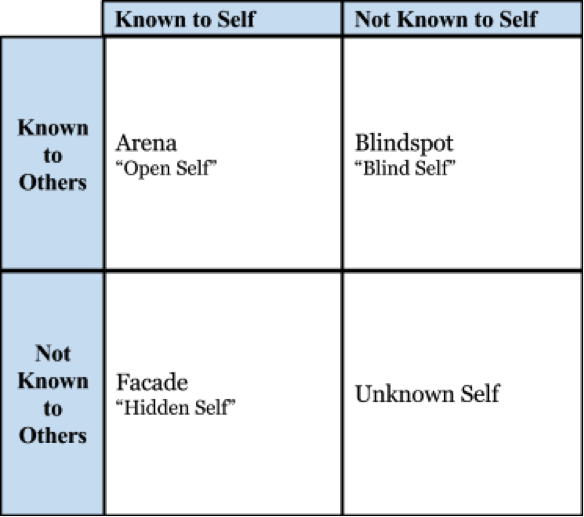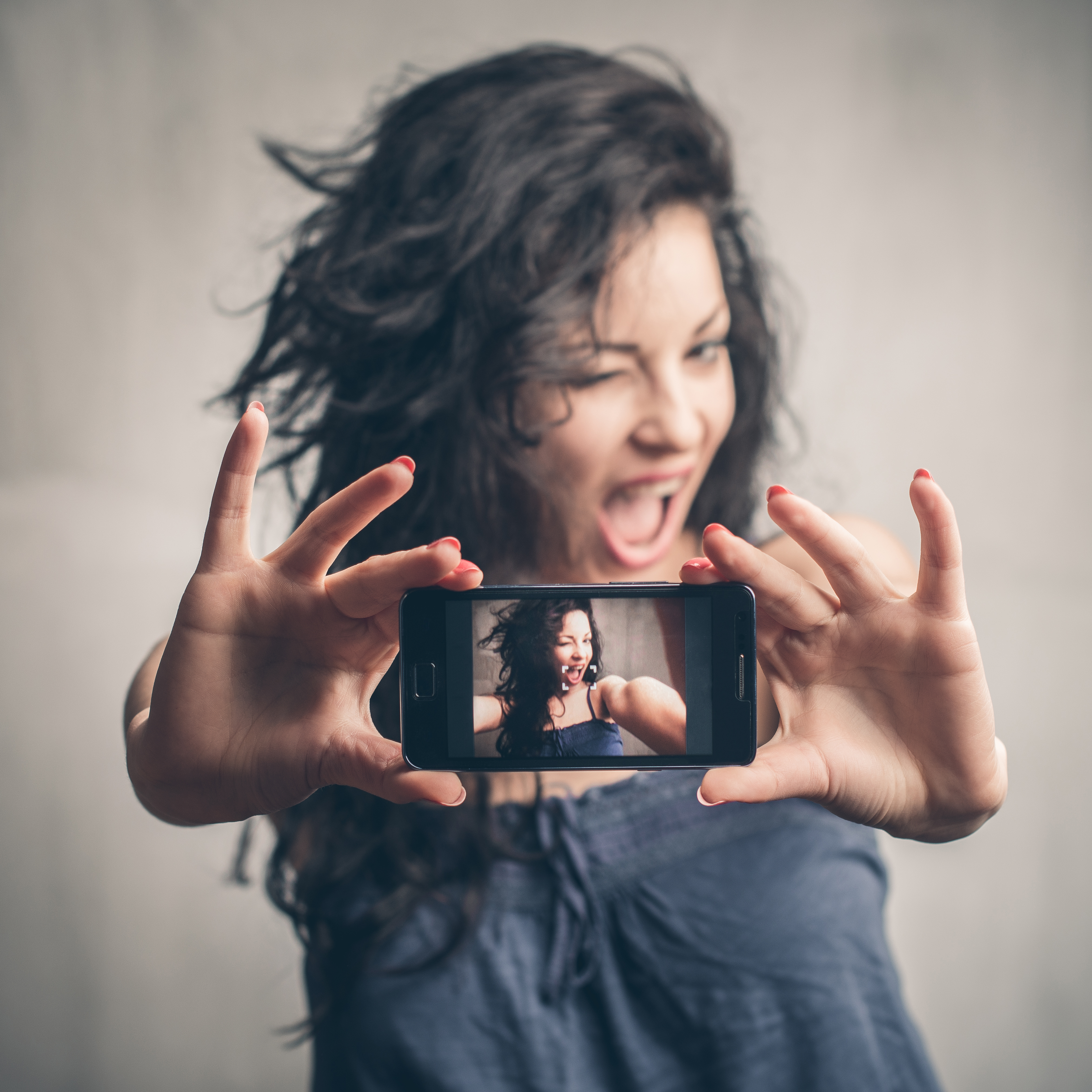About a month back I started reading, John Berger’s classic text ‘Ways of Seeing’. It’s been on my reading list since my literature days. I am only half-way through but it’s a fascinating read on how we see is not a random act of looking at a thing; it’s always us “looking at the relation between things and ourselves.
Berger analyses a wide variety of images from oil paintings to graphic art to look at how we “look” is affected by a set of “learnt assumptions” that we form about ‘Beauty, Truth, Genius, Civilization, Taste’.

Image for representation only. Source: Flickr
He sets the context in the beginning by talking about qualities of an image:
“An image is a sight which has been recreated or reproduced. It is an appearance or a set of appearances, which has been detached from the place and time in which it first made its appearance and preserved – for a few moments or a few centuries. Every image embodies a way of seeing. Even a photograph. For photographs are not, as is often assumed, a mechanical record…The photographer’s way of seeing is reflected in his choice of subject…Yet, although every image embodies a way of seeing, our perception or appreciation of an image depends also upon our way of seeing.”
I am fascinated by this concept in context of “selfies”. What are the implications of this “reproduction” when the photographer and photographed are the same person? Does it give us more “control” by creating an image of us which is how we would like to ‘see’ ourselves or be ‘seen as’ by others? Or do we only create a deeper “delusion” for ourselves by aligning the physical image to our internal self-image and propagate that myth to ourselves and to others? Hence, do others start seeing us as WE see (or like to see) ourselves? Or can the only thing they can any longer “see” is “how we like to be seen”?
Now I am sure this isn’t that simple because we ‘see’ ourselves is a complex intermesh of what are the “assumptions” or the accepted cultural codes around being ‘funny’, ‘beautiful’, ‘rebellious’, ‘sensational’, ‘shocking’, or ‘goofy’. These codes exist outside us, as ‘masks’ that we wear to navigate the external world. Is it possible that if we wear the ‘mask’ for too long, we will soon forget the ‘face’? As avid participants in the vicious cycle of creation and consumption of these masks on our newsfeeds every day, are we getting stuck deeper where we “see” and are “seen” to be “accepted” only if we constantly appropriate these ‘masks’ for ourselves and then reprocess as the ‘norm’ for our network?
If what we know is what we perceive, are we on a downward spiral in our knowledge of self and the world outside? Will there be no place for the ‘hidden’ and the ‘unknown’ on the Johari window as we redraw our realm of comfort between what we mutually already know (known) and that we rather not know (blind)?
What do you see?

Image source: Wikimedia Commons
